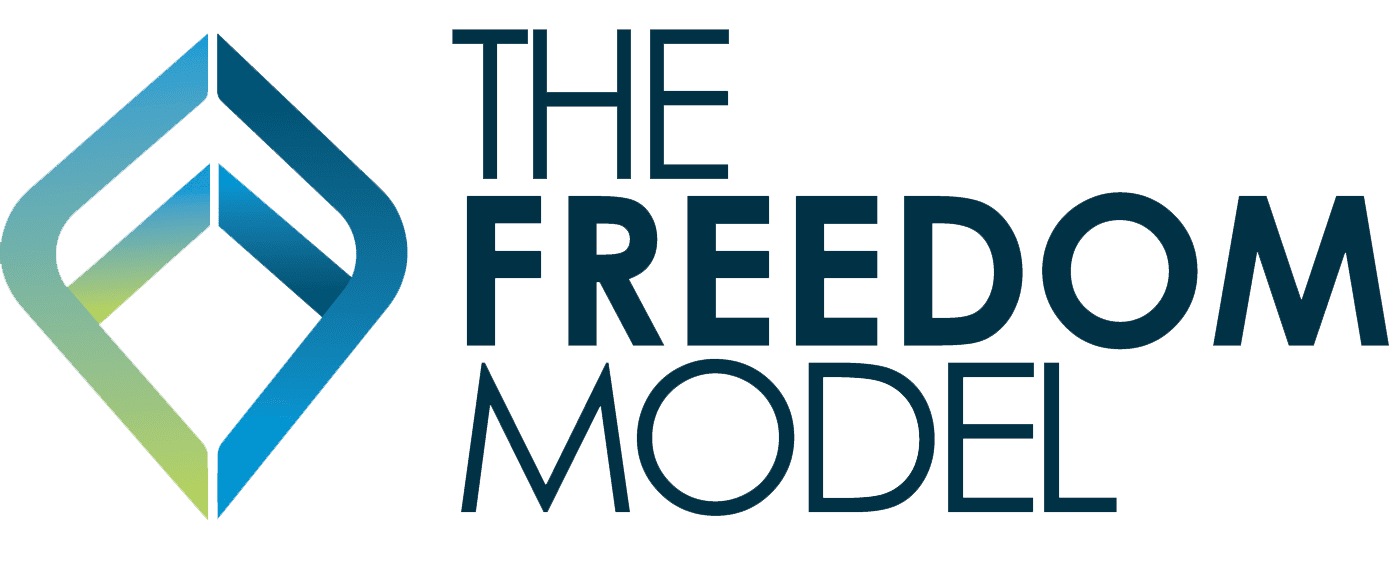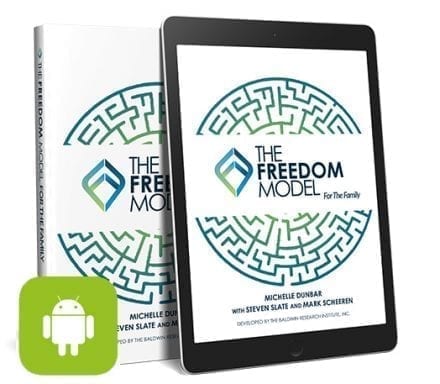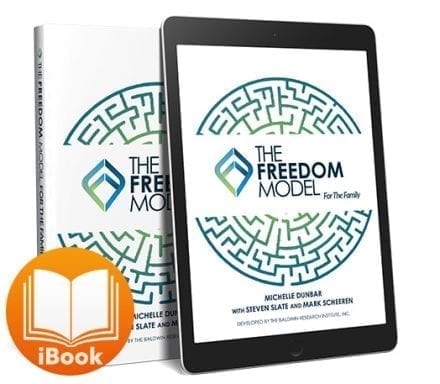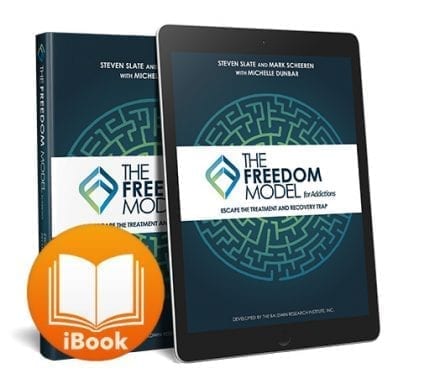We get the following question all the time: “How come I don’t stop drinking/getting high after I’ve crashed the car, lost my retirement, etc.?” Put another way, why don’t the consequences of heavy substance use stop someone from using? The answer lies directly in the mind of the user. With an understanding of some fundamentals on human motivation and behavior, we will provide a way to move past an addiction for good.
In all 469 pages of The Freedom Model for Addictions, Escape the Treatment and Recovery Trap, we specifically do not prescribe a costs versus benefits analysis as the basis for a solution to a heavy drinking or drugging habit. When people enroll in Freedom Model classes, this purposeful omission sometimes surprises them. This is because many addiction programs now use the costs vs. benefits analysis as an integral part of their models, most do in fact. They focus on shaming and trying to coerce people to abstain by pointing at the consequences of their use. Yet, this model doesn’t work. There is a more effective strategy to solve an addiction problem.
Costs and Consequences
Costs or consequences or whatever term you want to use, are the price we pay for our heavy substance use habits. In some cases the consequences of your use may not be immediately evident. Then, after you’ve dealt with the hangover, the DUI, or the fight with your spouse, the regret and focus on those costs comes into full focus. If you’re a consistent heavy user, the consequences of your use may not be a surprise to you at all – you might even anticipate them as you are about to go on a binge. For example, you may know that many of your binges end in disaster, and you accept it as a price you’re willing to pay. This doesn’t mean that the costs don’t hurt or that they aren’t at times even tragic; it just means that at the time you were getting drunk or high, you were willing to pay those costs. The question is why?
How Humans Work
Humans can and do constantly evaluate and reevaluate their entire sphere of influence. Unlike animals that are primarily guided by their instincts and live a predominantly reactionary existence, humans think forward based on the benefits they imagine are out there for them. We do this with our mind and then we act accordingly. But here is the interesting part; our mind will almost always seek out a future path based on a certain quality that our options hold. That quality is the happiness value of the options we have at the time. In the book, The Freedom Model for Addictions, Escape the Treatment and Recovery Trap, we call this the Positive Drive Principle. Take a look:
“The Positive Drive Principle says that all human behavior is driven by the pursuit of happiness, and that when you choose to do something, it is because you see it as your best available option. This is vitally important because the only way that you will stop desiring heavy substances and change your behavior is by seeing more happiness in the change. You must reach that conclusion yourself, because, as Aristotle said:
“We desire in accordance with our deliberation.”
Nobody can deliberate for you. They can give you an answer – that you should never touch a substance again – but it empowers you no more than the answer your father gave you to a long-division problem when you were 10 years old. With respect to substance use, you have your own answer. The conclusion that you arrived at some point in your life – that heavy substance use is what you need to do to be happy – is sitting there in your mind, untouched, unaltered, creating a desire to use substances. It is a strong conviction, and as Bastiat said:
“No conviction makes so lasting an impression on the mind as that which it works out for itself.”
When trying to change within the treatment and 12 step model here’s what happens:
You go to all the meetings, all the counseling, all the sober parties. You change people, places, and things. You avoid triggers. You run off to a meeting or call a sponsor at the slightest thought of using substances. You spend every waking moment “working on recovery”, but something keeps nagging at you. The desire to use keeps popping up in your mind. You feel deprived. It’s a daily struggle. You get “overpowering cravings” and you crumble, diving headlong into heavy substance use again. The thing that has been nagging at you is your own fore drawn conclusion that heavy substance use is what you need to be happy. It’s the preference that you built, and that you haven’t changed, because you skipped right over it and started fighting a non-existent disease.”
Going deeper still, the happiness value is dependent on what you believe is doable for you. If your life is dominated by one option like getting drunk, well then getting drunk doesn’t have much competition, and making the choice to repeatedly get hammered will be your go to choice – regardless of the outcome. And that is the key point here; when people contemplate their options, they move towards benefits and perceived happiness to a much greater degree than they move away from the potential for negative outcomes and higher costs. The cost factor is easily pushed aside temporarily when seeking the benefits of a behavior. It’s why race car drivers get back in the car after a bad accident; why women have another baby after a difficult birth, and why a heroin user walks right out of the hospital after a near-fatal overdose to shoot up again.
The key to making a change is not to dwell on the consequences and costs, as they will wane as soon as your Positive Drive Principle takes over and you seek the benefits you believe you get from substance use. And make no mistake, if you believe that heavy use provides more benefits to you than moderate use or abstinence, you will always go back to heavy use.
Now you can see why The Freedom Model does not use the cost vs. benefits analysis. Concentrating on the costs will never force anyone to stop something they really like and believe they need for its benefits. Only by making a benefit to benefit analysis can one use their Positive Drive Principle to good effect. If you see the benefits of heavy use and compare them to the benefits of moderate use, and/or the benefits of abstinence, you’ll put into action your innate drive to be happier. By using it in this way, you’re no longer trying to shame or coerce yourself to stop doing something you value (heavy use), but instead you are evaluating and assigning happiness values to your other options (moderation and abstinence), and making the comparison. This is exactly how people change their strong preference for heavy use, and in turn solve their substance use problem for good.
Here is a video of my colleague, Michelle Dunbar as she discusses this topic in her Freedom Model Quick Lesson Video Series.






